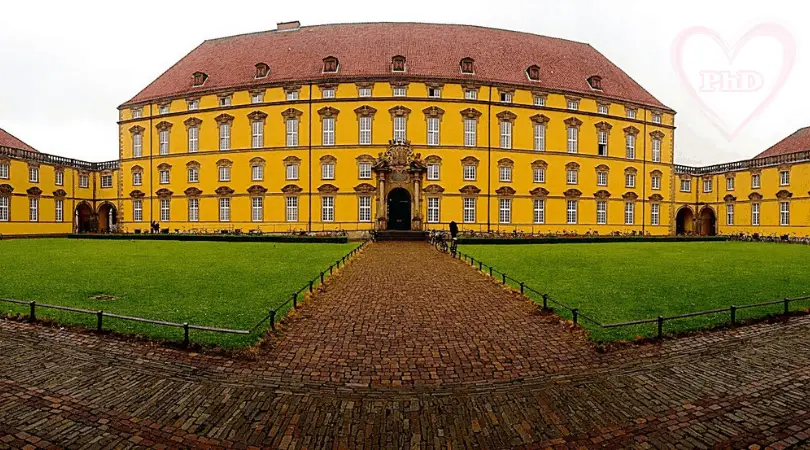The University of Osnabrück the Division and Research Centers offer outstanding scientific environments as well as direct access to state-of-the-art facilities in synthetic chemistry, chemical biology, biomolecular mass spectrometry and cutting-edge optical and electron microscopy (https://www.ibios.uni-osnabrueck.de).
About University of Osnabrück
The University of Osnabrück is a young university located in the historical town of Osnabrück. The Molecular Cell Biophysics Division, headed by Jun.
Prof. Dr. Katia Cosentino, is embedded in the recently established interdisciplinary Research Institute CellNanOS (www.cellnanos.uni-osnabrueck.de) and the Collaborative Research Center “SFB944: Physiology and Dynamics of Cellular Microcompartments”, which comprises 25 research groups from the Universities of Osnabrück and Münster whose common focus is thematically and methodologically linked to the projects.
PROJECT BACKGROUND:
Pore forming proteins (PFPs) comprise a broad group of proteins that are involved in many biological processes related to infection and immunity, as well as cancer and neurodegeneration.
The clinical relevance of PFPs ranges from their use as targets for the design of novel antibacterials to tools for refining therapeutic anti-cancer strategies. A common feature of PFPs is their ability to permeabilize cell membranes by organizing into supramolecular complexes that form pores.
Pore opening is usually lethal for the cell by disrupting the membrane permeability barrier and altering cell homeostasis. Our group is interested in understanding how PFPs permeabilize cellular membranes.
A special class of PFPs are the members of the Gasdermin (GSDM) protein family. GSDMs are the final executors of pyroptosis, a highly inflammatory form of regulated cell death, which has implications in infectious and inflammatory diseases and their clinical outcome.
GSDMs induce pyroptosis by permeabilising the cell plasma membrane and inducing the release of inflammatory cytokines in the extracellular medium. However, we still know very little about the mechanisms of action of these cell death effectors. In this project, the candidate will elucidate the molecular mechanisms of pore formation of the GSDM family member, GSDMD, during cell death in the context of the membrane environment.
Postdoc in Biophysics – Germany
The successful candidate will join an interdisciplinary and international research team whose work focusses on the dynamic molecular mechanisms of membrane proteins by advanced biophysical tools and single-molecule microscopy techniques applied to synthetically reconstituted membrane systems and living cells.
REQUIREMENTS:
We are looking for a highly motivated, enthusiastic and communicative scientist with a PhD in Biophysicis, Cell biology, Biochemistry, or a related field.
A solid background in biochemical and biophysical methods, a structured and efficient working attitude, excellent command in written and spoken English and the ability to work in a strongly interdisciplinary research team are essential.
Expertise in cell death signalling and/or membrane biophysics, advanced microscopy and quantitative image analysis are required. Knowledge in structural biology and experience with protein purification and cell culture will be advantageous.
CONDITIONS OF EMPLOYMENT:
The application deadline is 23rd of April 2020. The position will be filled as soon as possible. The initial period of employment is until 31.12.2022. An extension is anticipated. Salary is at the E13/100% level according to the German TV-L scale.
The UOS is an equal-opportunity employer and especially encourages women to apply. Applications from handicapped persons will be favoured if all other qualifications are equal.
HOW TO APPLY:
Please send applications including Curriculum Vitae and copies of certificates, a cover letter describing your motivation and contact details of three academic references as a single PDF file by the 23rd of April 2020 to: [email protected].

